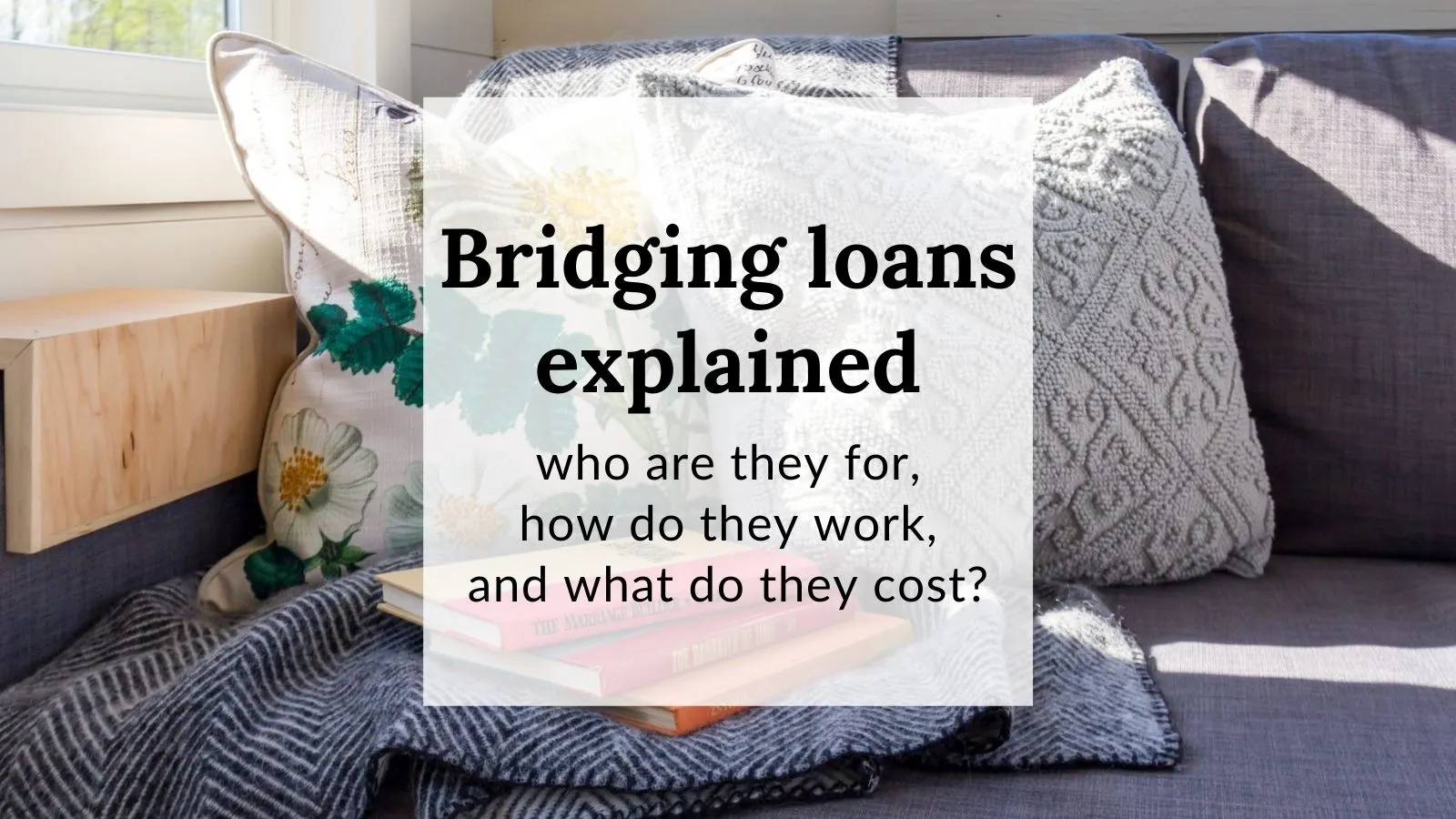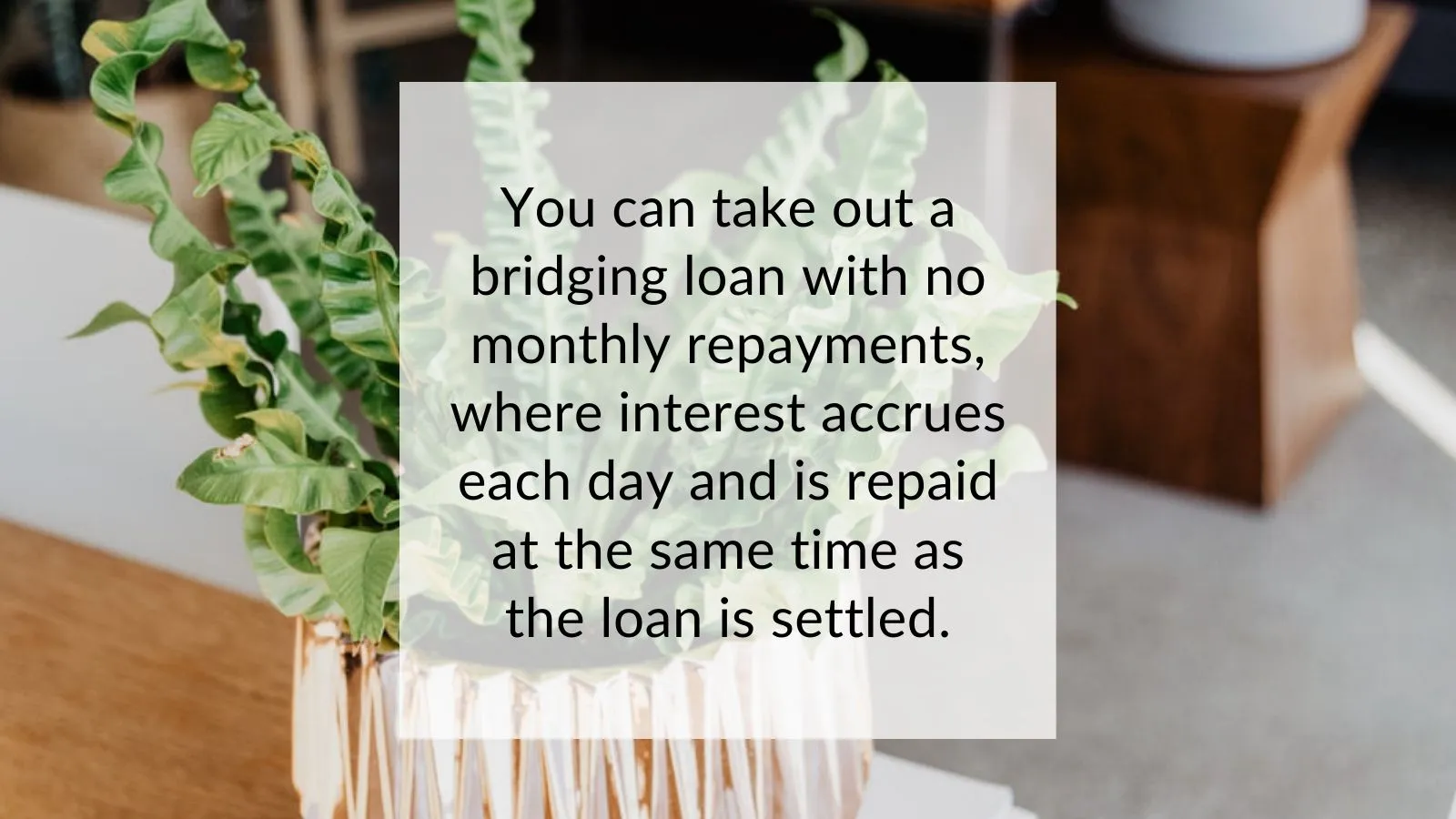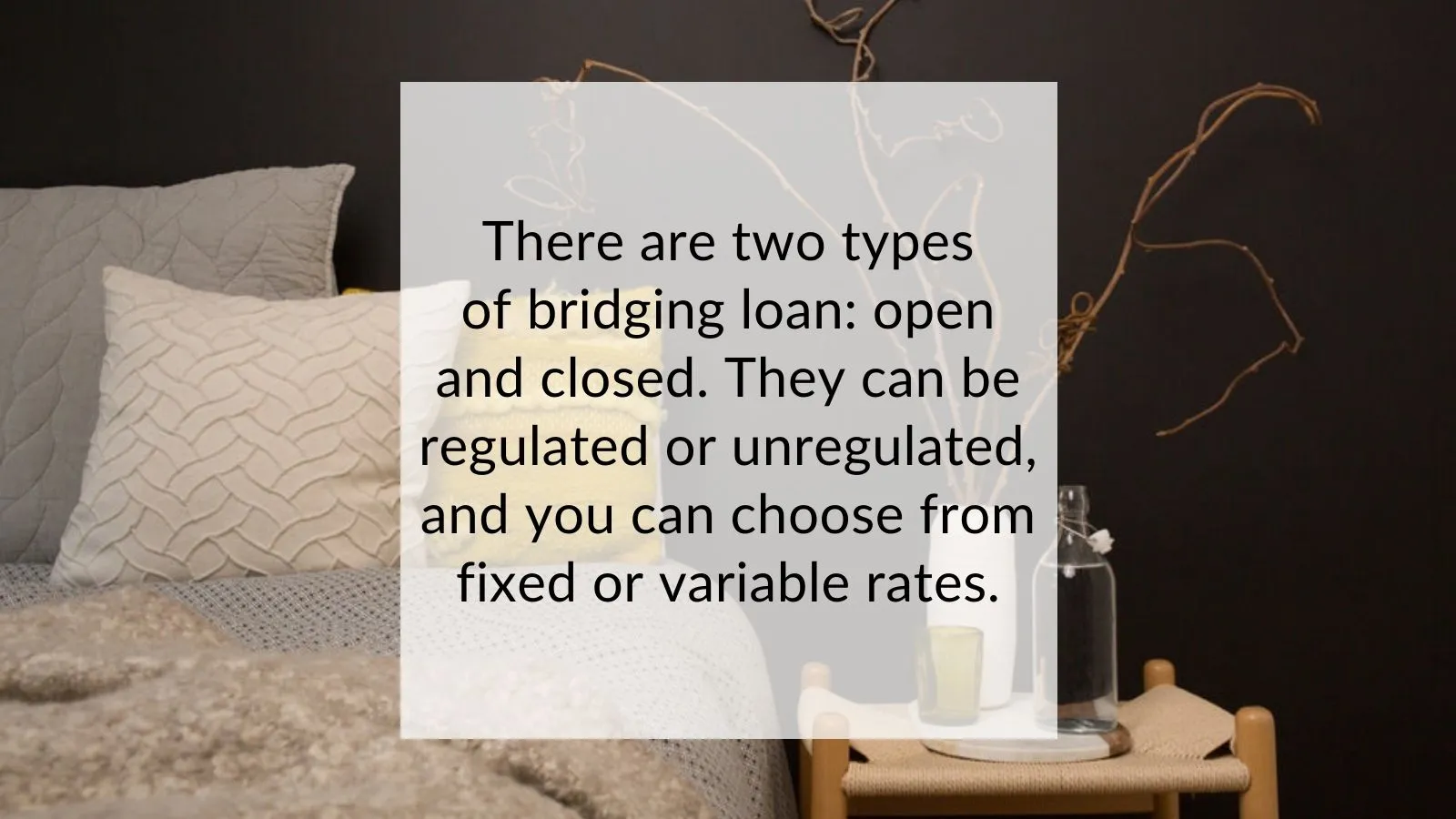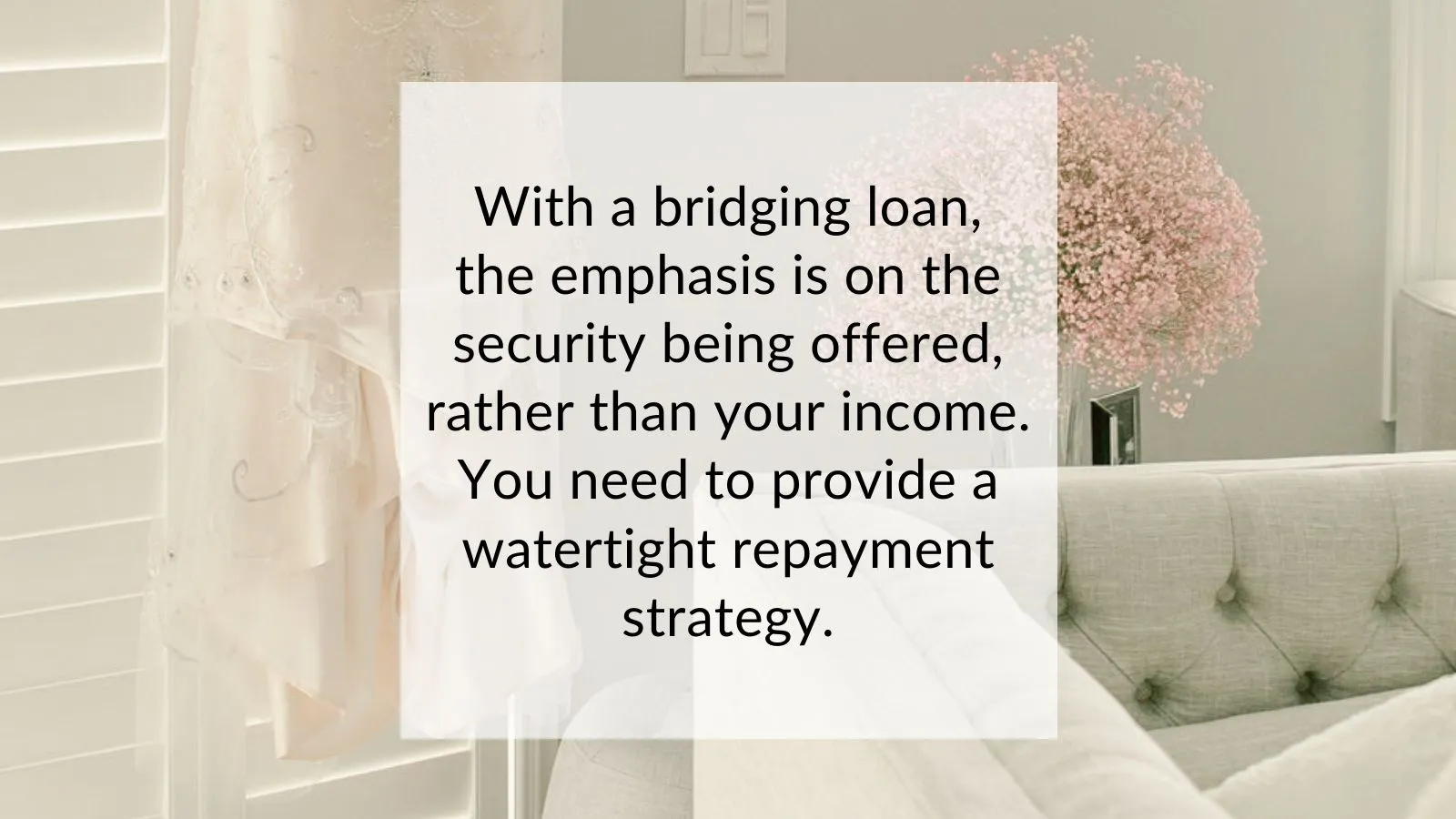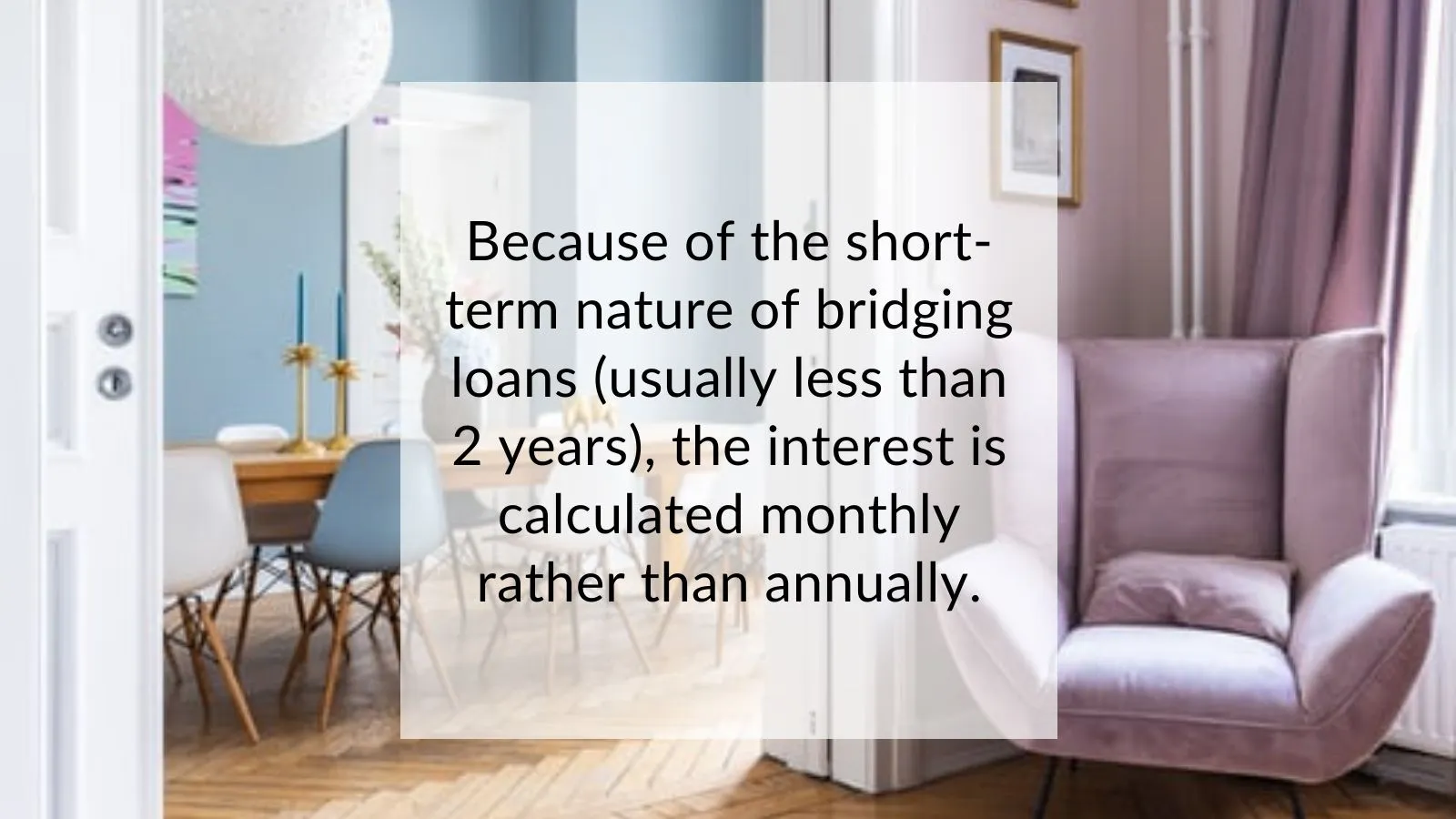At the time of writing this article in March 2022, bridging loan interest rates are sitting around 0.5% – 1.5% per month. By comparison, regular fixed-rate mortgages are currently available from as little as 1.25% per year.
Application fees for bridging loans are also higher, generally around 2% of the loan amount, whereas fixed-rate mortgages tend to have fees in the hundreds of pounds.
So why would somebody take out a bridging loan? Primarily because their immediate priority is to secure a particular property, even if it means paying more fees and interest in the short term.
Although increases in property values are not guaranteed, the long-term trajectory is upwards, and most borrowers take the view that the capital gain will more than outweigh the additional short-term borrowing costs.
WHERE CAN I GET A BRIDGING LOAN?
Bridging loans are available from a variety of lenders.
Some of the names you know on the high street offer bridging finance alongside their regular mortgages, and there are also specialist lenders who offer more flexible and tailored products.
Not all lenders deal directly with borrowers. Some only accept applications via financial advisers and mortgage brokers.
If you’re considering taking out a bridging loan, it’s really worth exploring all your options with a financial adviser who can scour the market on your behalf. By finding the product that fits your particular circumstances and plans, they can save you valuable time and reduce the risk of making an unsuccessful application.
What’s next for you?
If you’re considering taking out a bridging loan or would like to find out about alternative options, why not get in touch?
We have access to a wide range of bridging providers through our panel of master brokers. They can advise you on the most suitable option for your own unique circumstances, so drop us a line on 01174039430 or email us at hello@wrethical.com.
THINK CAREFULLY BEFORE SECURING OTHER DEBTS AGAINST YOUR PROPERTY. YOUR
PROPERTY MAY BE REPOSSESSED IF YOU DO NOT KEEP UP REPAYMENTS ON A MORTGAGE OR
ANY OTHER DEBT SECURED ON IT.
BRIDGING FINANCE APPLICATIONS ARE BY REFERRAL ONLY.

